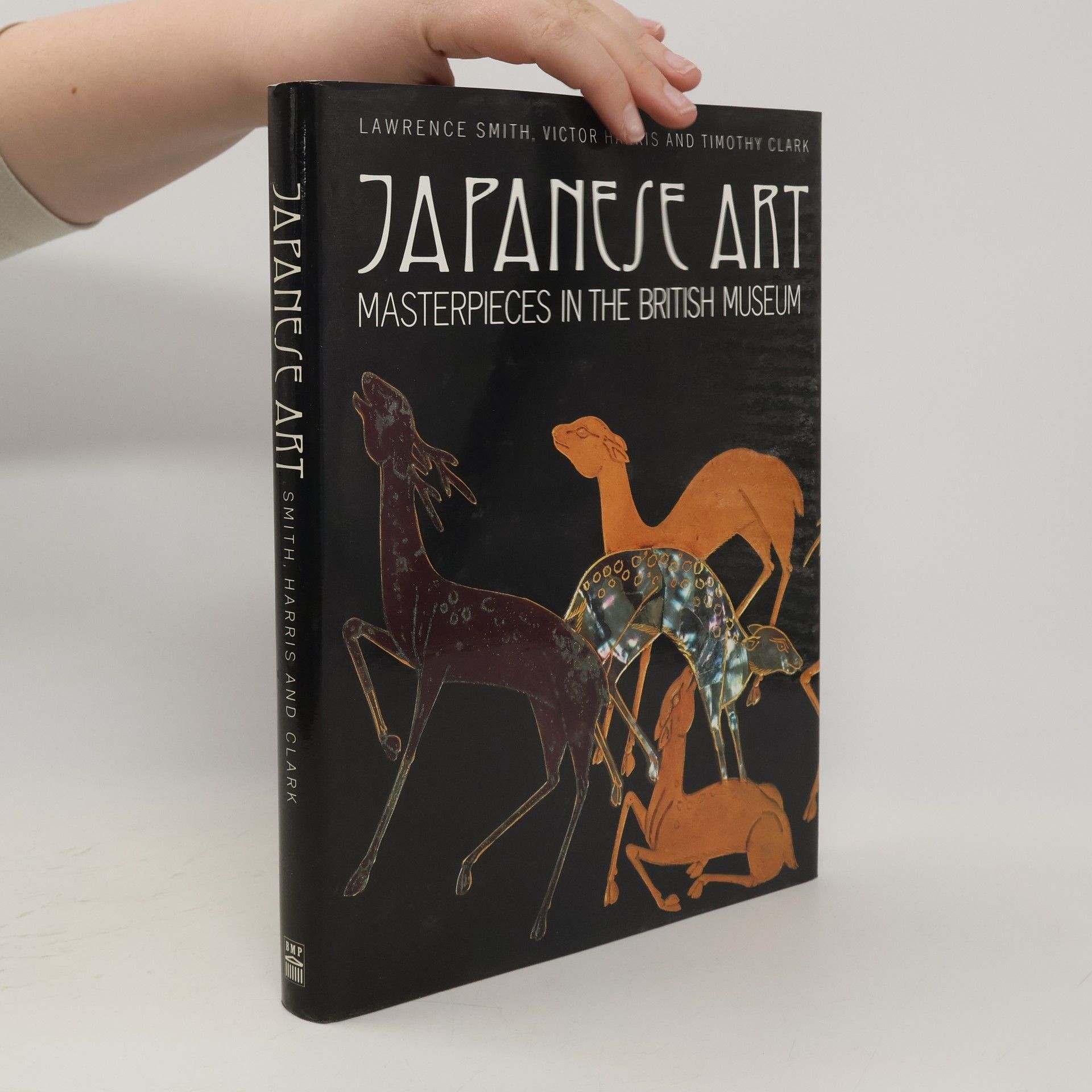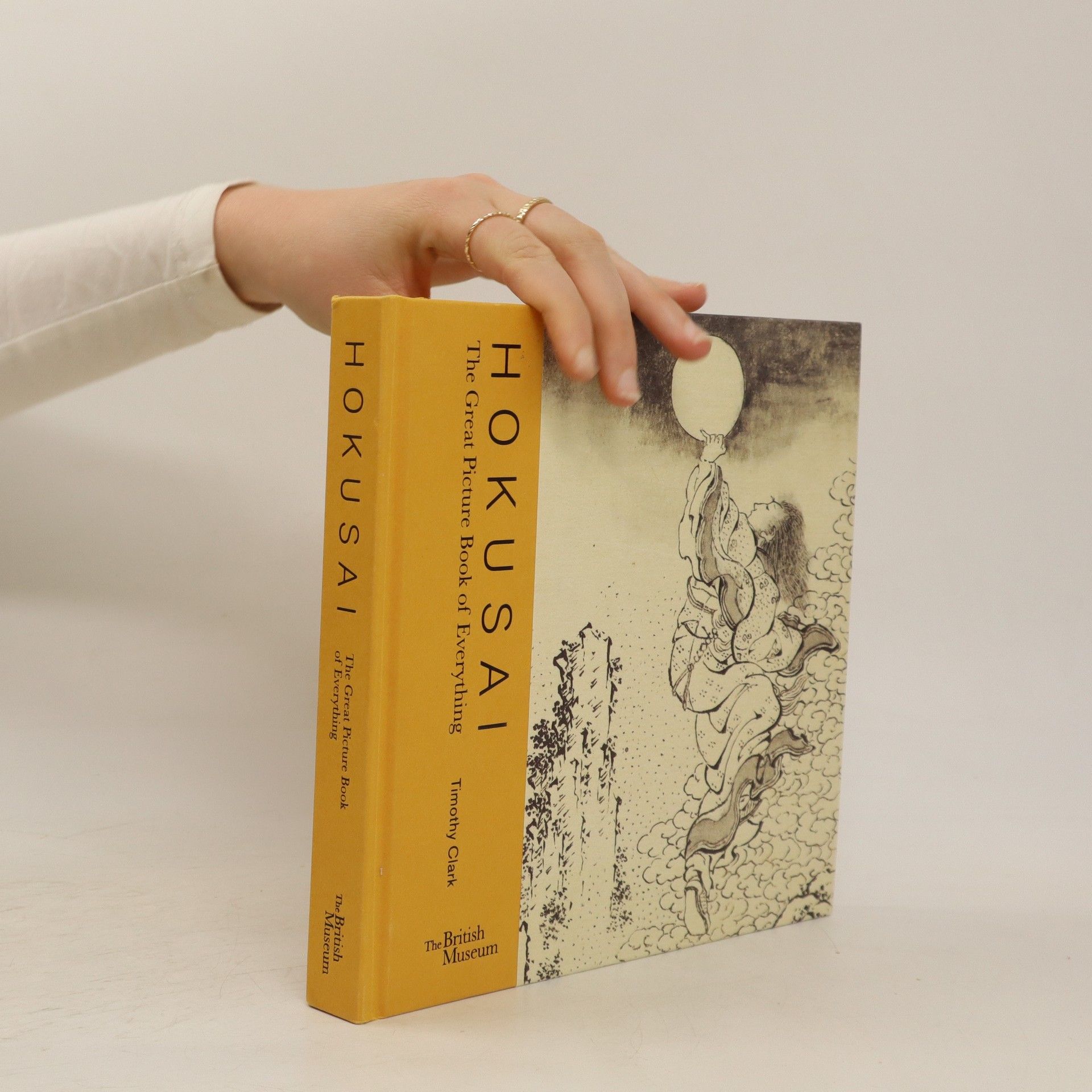Die vier Stufen der psychologischen Sicherheit
Auf dem Weg zu mehr Vielfalt und Innovation am Arbeitsplatz
Timothy Clark ist ein Spezialist für romantische und postromantische Poetik. Seine Arbeit befasst sich mit den Kernkonzepten und stilistischen Ansätzen von Dichtern und untersucht deren Inspirationsquellen und literarischen Techniken. Clark's tiefe Einblicke in die Poetik bieten den Lesern eine einzigartige Perspektive auf die Entwicklung des literarischen Denkens.






Auf dem Weg zu mehr Vielfalt und Innovation am Arbeitsplatz
This beautifully produced book draws on the latest research, illustrating the complete set of drawings, published for the first time.
This guidebook provides an ideal entry-point for readers new to Heidegger, transforming it from a daunting task into an exciting and necessary challenge.
Masterpieces in the British Museum
'The Great Wave' is a colour woodblock print designed by Japanese artist Hokusai in around 1830. The print, of which numerous multiples were made, shows a monster of a wave rearing up and about to come crashing down on three fishing boats and their crews. One of a monumental series known as 'Thirty-six views of Mount Fuji', Hokusai's Great Wave - with the graceful snow-clad Mount Fuji on the horizon, unperturbed but wittily dwarfed by the towering strength of the wave that threatens to engulf the struggling boats - has become an iconic image of the power of nature and the relative smallness of man. One of the most famous pieces of Japanese art, this extraordinary artwork has had a huge impact worldwide and has served as a source of inspiration to artists, both past and present. This beautifully illustrated book explores the meaning behind Hokusai's Great Wave, in the context of the Mount Fuji series and Japanese art as a whole. Taking an intimate look at the Wave's artistic and historical significance and its influence on popular culture, this concise introduction explains why Hokusai's modern masterpiece had such an impact after its creation in 1830 and why it continues to fascinate, inspire and challenge today.
"This is the first practical, hands-on guide that shows how leaders can build psychological safety in their organization, creating an environment where employees feel fully engaged and encouraged to contribute their best ideas"-- Provided by publisher
Julian Opie (*1958 in London) zählt mit seiner unverkennbaren, an Comics geschulten Bildsprache seit über zwei Jahrzehnten zu den bedeutendsten Protagonisten der britischen Gegenwartskunst. Von Beginn an arbeitet er überaus erfinderisch an der Erweiterung der künstlerischen Ausdrucksmittel: Früh überschreitet er die Gattungsgrenzen zwischen Malerei und Skulptur, indem er etwa bei seinen Stahlobjekten die verwendeten Alltagsgegenstände bemalt. Durch Experimente mit der digitalen Bildtechnik gewinnt der Künstler Unabhängigkeit vom klassischen Bildträger und findet – auf Postkarten, Stickern oder Plattencovern – einen direkten Zugang zum angewandten Bereich. Seit einigen Jahren entstehen auch bewegte Bilder, die häufig mittels LCD- und LED-Technik generiert werden. Der Band versammelt eine repräsentative Auswahl an Porträts, Halbfiguren, eine neue Serie, die Motive aus barocken Bildnissen aufgreift, sowie erstmalig Zeichnungen zu diesem Thema. Ausstellung: MAK Wien 11.6.–21.9.2008
This book offers a brief, incisive and accessible overview of the fast- changing field of environmental literary criticism in a bewildering age of global environmental threat. It will be a key resource for students, graduates and scholars working in the area of literature and the environment.
A comprehensive overview of the arguments in environmental criticism, first published in 2011.